Place Setting
An orchard can be a labor of love—and a testament to biodiversity
- Feature
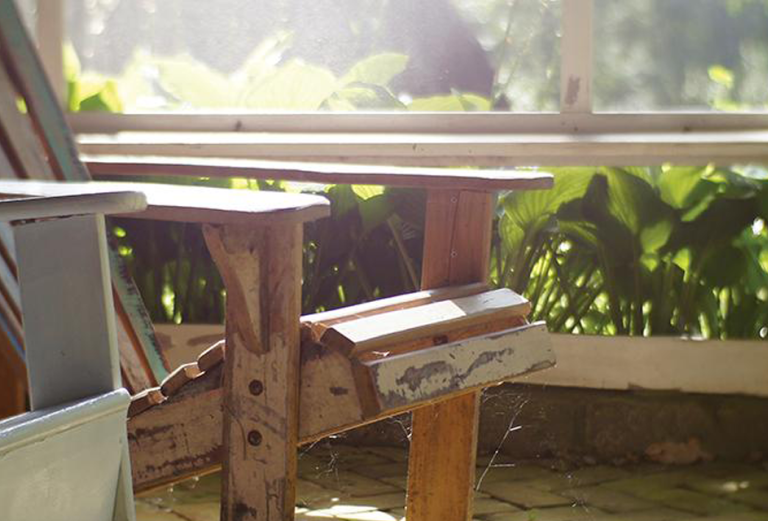
A glint of turquoise passes in front of him as he stands quietly, one hand wrapping a yellow coffee mug. The dragonfly lightly touches Eric Chivian’s shoulder. Once. Twice. Then, it zooms away, its color blurring, its whisperless flight threading through the buzzes, chirps, and song that fill the morning air. The hum of daily life on his 42-acre farm and orchard in central Massachusetts pleases Chivian ‘68. So does the knowledge that history is rooted all around him. And he savors the names that go with that history: Newtown Pippen. Esopus Spitzenberg. Ashmead’s Kernel. Roxbury Russet.
These are just a few of the seventeenth- and eighteenth-century heirloom apples that Chivian, an HMS assistant clinical professor of psychiatry, has nurtured in his orchard for nearly two decades. And although he is connected to the past through his orchard, it’s Chivian’s hope that the sustainable methods he uses to cultivate his trees—together with his dedication to fostering biodiversity in agriculture—will help protect the health of Earth and its people for years and generations to come.
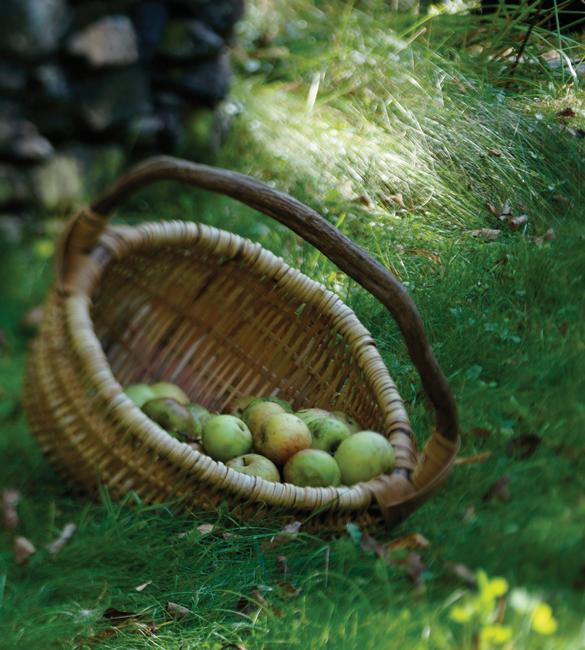
Johnny Appleseed
When not enjoying the ambience of his acreage, Chivian works to interest and enlist his fellow physicians in efforts to protect the environment and to increase public understanding of the potential health consequences of global environmental change. His dedication to these goals led him, in 1996, to found the Center for Health and the Global Environment at Harvard Medical School. But this was not Chivian’s first effort to spur physicians to social action. In 1980, he cofounded the International Physicians for the Prevention of Nuclear War. The efforts of this group brought its founders, all members of Harvard’s faculty, the 1985 Nobel Peace Prize.
“Physicians can greatly influence public opinion and policy that relates to health issues. Alterations to the environment ultimately affect human health on every level,” he says. “Food is definitely a health issue. I’m interested in how changes to the environment affect food, the food supply, and biological diversity.”
Biological diversity, or biodiversity, is simply the variety of life in an ecosystem. In an agricultural ecosystem, this includes the microbes that live in the soil and make it fertile, the above-ground insects that pollinate and protect crops against pests, and the range of plant species that grow within a self-sustaining area.
Seed Catalog
Chivian’s interest in food and food production started when he was young. His family planted a backyard garden during World War II, part of a national effort to help alleviate food shortages. But it was family trips to a local cider mill that sparked his lifelong interest in apples. “The cider would just pour out of the press,” he says. “And the smell! It was magic to me.”
Since the days of those backyard Victory Gardens, agriculture in the United States has undergone a revolution. According to the U.S. Department of Agriculture, in 1940, there were more than six million farms in this country; by 1997, that number had decreased 70 percent, dropping to just shy of two million. By contrast, during that same period, the average farm size increased nearly threefold, from an average of 174 acres to 487.
Agribusinesses, as the larger industry-affiliated farms came to be known, drastically reduced the variety of food grown, by focusing on a handful of crops, such as corn, wheat, and soy. Today, just 12 plant species, primarily starch-rich commodities such as grains and beans, provide nearly 75 percent of the world’s food supply. “The vast plant monocultures that large-scale farming produces not only strips us of the diversity of plant life, but it also jeopardizes the world’s food supply,” says Chivian. “Monoculture agriculture is extremely vulnerable to such environmental variations as climate change.”
Loss of plant species—and the seeds that they grow from—is not without consequence. Between 1900 and 2000, 75 percent of crop diversity was lost owing to disuse or the disappearance of particular plant varieties, according to a recent report from the U.N.’s Food and Agriculture Organization. In the U.S., as elsewhere, this drop in diversity has meant the disappearance of species: More than 80 percent of corn, cabbage, apple, and pea varieties known at the start of the twentieth century are now extinct.
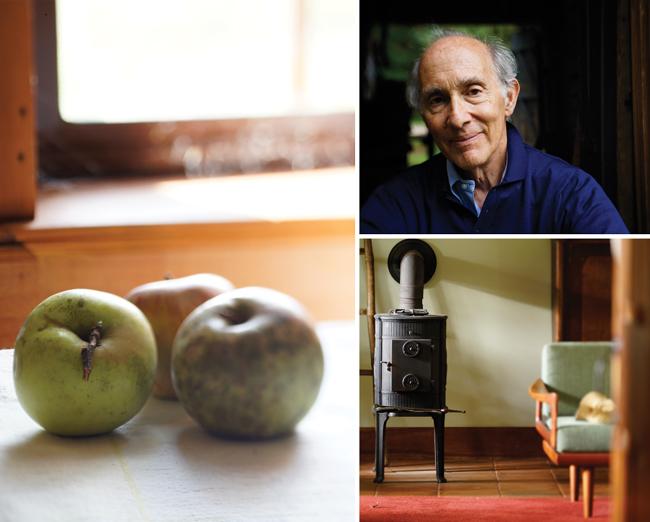
According to Chivian, most varieties of fruits and vegetables available today aren’t necessarily the healthiest or even the best tasting. “When food began to be shipped long distances, rather than being grown and sold locally,” he says, “there was a movement toward producing food that shipped well and looked beautiful. Unfortunately, sturdiness and beauty often came at the expense of flavor.”
Soul Food
Like Chivian, Katherine McManus believes the produce in today’s grocery aisles is of lesser character than its heirloom counterparts. And, as director of the Department of Nutrition at Brigham and Women’s Hospital, she spreads this gospel to her patients. “I do recommend heirloom because I think they taste better,” says McManus. “Taste trumps nutrition every time, so when taste and nutrition go hand in hand, so much the better.”
In recent years there have been some studies that suggest a general decline in nutrient levels in fruits and vegetables, but there is no consensus on the issue among experts. According to McManus, comparing nutritional values across varieties, also known as cultivars, is difficult because several factors can influence the micronutrient value of a particular food: the soil composition, temperature during growth, fertilization methods, ripeness at the time of harvest, and how far the food was shipped before being eaten.
A 2001 review of more than 400 research reports by the United Kingdom–based Soil Association found that vitamin C and mineral content may be higher in organically grown crops. More recent studies report higher levels of disease-fighting phytochemicals in organic varieties compared with their conventionally grown relatives. In addition to a possible improvement in nutritional profile, organically grown foods do not depend on the use of chemical insecticides and petroleum-based fertilizers. In the years 2000 and 2001, according to the U.S. Environmental Protection Agency, more than five billion pounds of pesticides were applied to crops grown conventionally throughout the world.
“We lack a real food culture,” says McManus. “Buying whole foods, supporting our farmers, and doing more of our own cooking are key to improving that culture. If we had a better appreciation for food, we might be better able to address some of our nation’s nutritional issues, such as overconsumption.”
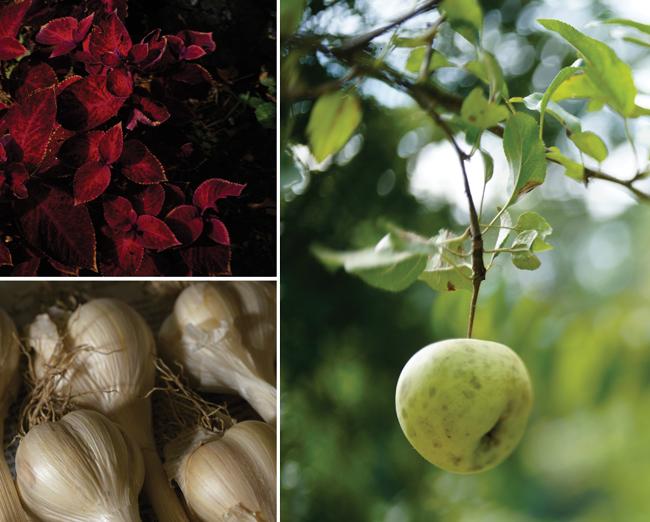
According to the Centers for Disease Control and Prevention, obesity rates have spiked throughout the past two decades, with nearly 34 percent of U.S. adults and 17 percent of children and adolescents categorized as obese. McManus thinks a dysfunctional relationship with food may be one cause, a link that may result in type 2 diabetes, cardiovascular disease, and certain cancers.
Palate Pleasers
McManus follows her own advice, and she and her husband organically cultivate a garden of heirloom tomatoes, preferring the Brandywine and Brandywine Pink varieties. Heirloom fruits are often compared to wine because of their complex flavor profiles. And like wine, such fruits are beginning to be appreciated and savored.
“There’s a resurgence of interest in heirloom apples,” says Chivian. “Farmers’ markets are beginning to carry Roxbury Russets and Baldwins and other incredible apples that had fallen out of favor. And that’s all to the good because the flavor of these fruits is magnificent.”
Popular culture reflects this renewed interest in the locavore and snout-to-tail food movements, specialty cooking magazines, websites, and food-centric cable television networks like the Cooking Channel and the Food Network.
“It’s a really interesting sort of movement in our culture,” says Kathleen Frith, managing director of the Center for Health and the Global Environment, “one we wanted to involve Harvard students in.”
In April 2010, the students got that chance with the advent of the Harvard Community Garden in Harvard Square. A large plot that includes about 1,200 square feet of raised beds, the organic garden produces 50 varieties of vegetables, including heirlooms with such evocative names as Purple Haze carrots, lemon cucumbers, and fairy tale eggplants.
The Association for the Advancement of Sustainability in Higher Education reports a surge in the number of such campus gardens sprouting on more than 100 U.S. colleges during the past two years. From its most recent poll, the Vermont-based National Gardening Association says that 37 percent, or an estimated 43 million, U.S. households planned gardens in 2009, an increase of 7 million households over 2008 estimates. And the number of farmers’ markets is also burgeoning, up 17 percent in 2011 from the previous year and 36 percent from 2009, according to the USDA.
Bringing food production out of the dark and into the limelight is beneficial on many levels: It can lessen the use of fossil fuels to transport food long distances, cutting contributions to climate change; it also helps local farmers build community, which, in turn, can benefit local economies. And then there are the benefits of the food itself, for locally sourced food can be picked at the height of its nutrient content and flavor.
Gentlemen Farmers
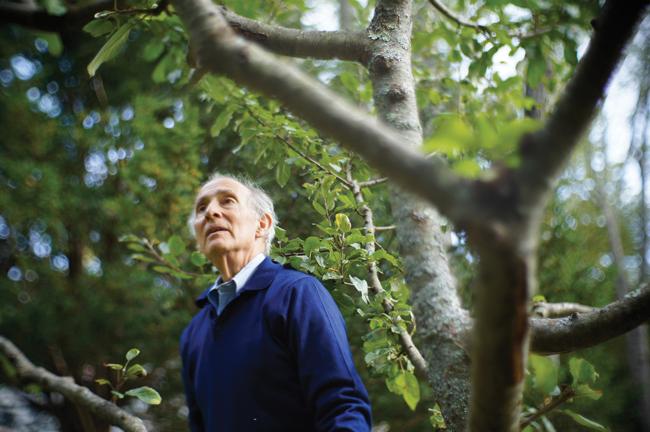
Back in his orchard, Chivian picks an apple from an Esopus Spitzenburg tree, a variety that was Thomas Jefferson’s favorite. “I’m a biologist and naturalist,” he says, “so for me, being a farmer is field biology at its best.” He polishes the apple on his shirt and takes a bite.
“The only way to get an Esopus Spitzenburg tree is to cut a branch and graft it onto a root; the genetics is in the branch, not in the seed,” he explains. “I love that connection. I love the fact that I have the same tree as Jefferson’s, and thus a connection to him.”
“This orchard is magical to me,” he adds. “There’s a power that comes from being connected to the earth. When Jefferson was in his late 70s he said, ‘I may be an old man, but I’m still a young farmer.’ I agree with him completely.”
Images: Steven Vote